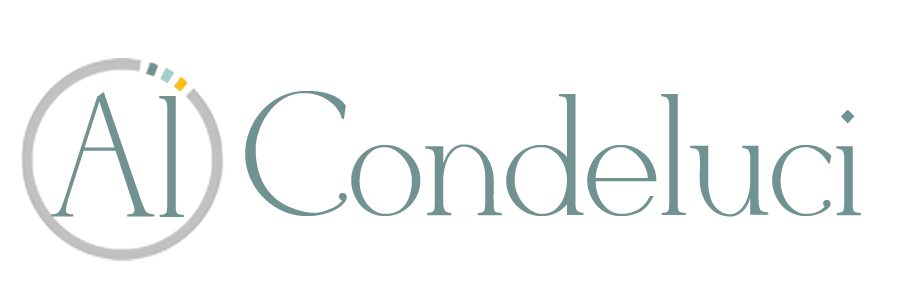Friendship Differentiation
/As we continue to think about social capital and relationships in our lives, I often ponder about measures of closeness. That is, with the litany of folks we consider to be friends, what are the benchmarks that suggest a greater depth in some, verses others.
Over the years I have researched this to better understand the phenomena and in the work I do in training and consulting around social capital, often using my own experiences as a guide post. Certainly more study and examination needs to unfold in these areas, but I have come to some simple conclusions, especially in thinking about the depth of friendships.
It seems to me that a basic point of differentiation with friends is found in who we invite into our homes. That is, our homes represent a deeply intimate and personal part of our world. It is where we take off our masks and reveal our more basic elements of our humanity. Further, our homes, how they are designed and set up, say volumes about who we are and how we reflect our world.
In his Social Capital Bench-marking Survey, Robert Putnam, the Harvard sociologist who has spent a career studying social capital, has an entire section devoted to knowing and visiting neighbors. He ask how many neighbors names we know, or how many neighbors we have spoken to in the past week.
So think now about the friends or neighbors you have invited into your home. I believe these people represent a deeper level of friendship in your life. This is especially true of those non-relatives who enter our homes - these are the people we align with more closely. More, think about the friends whose homes we have been in. When our friends invite us in it shows a deeper intimacy for our relationship.
